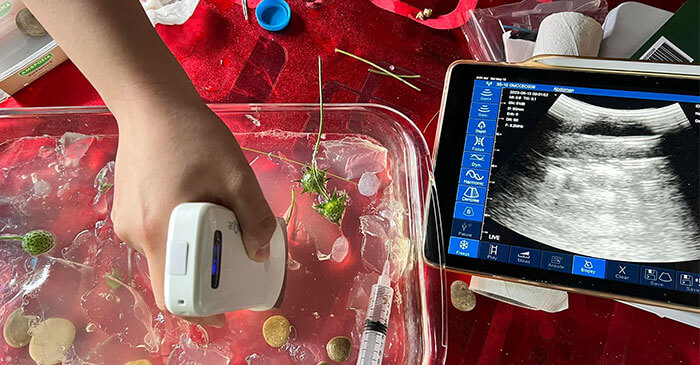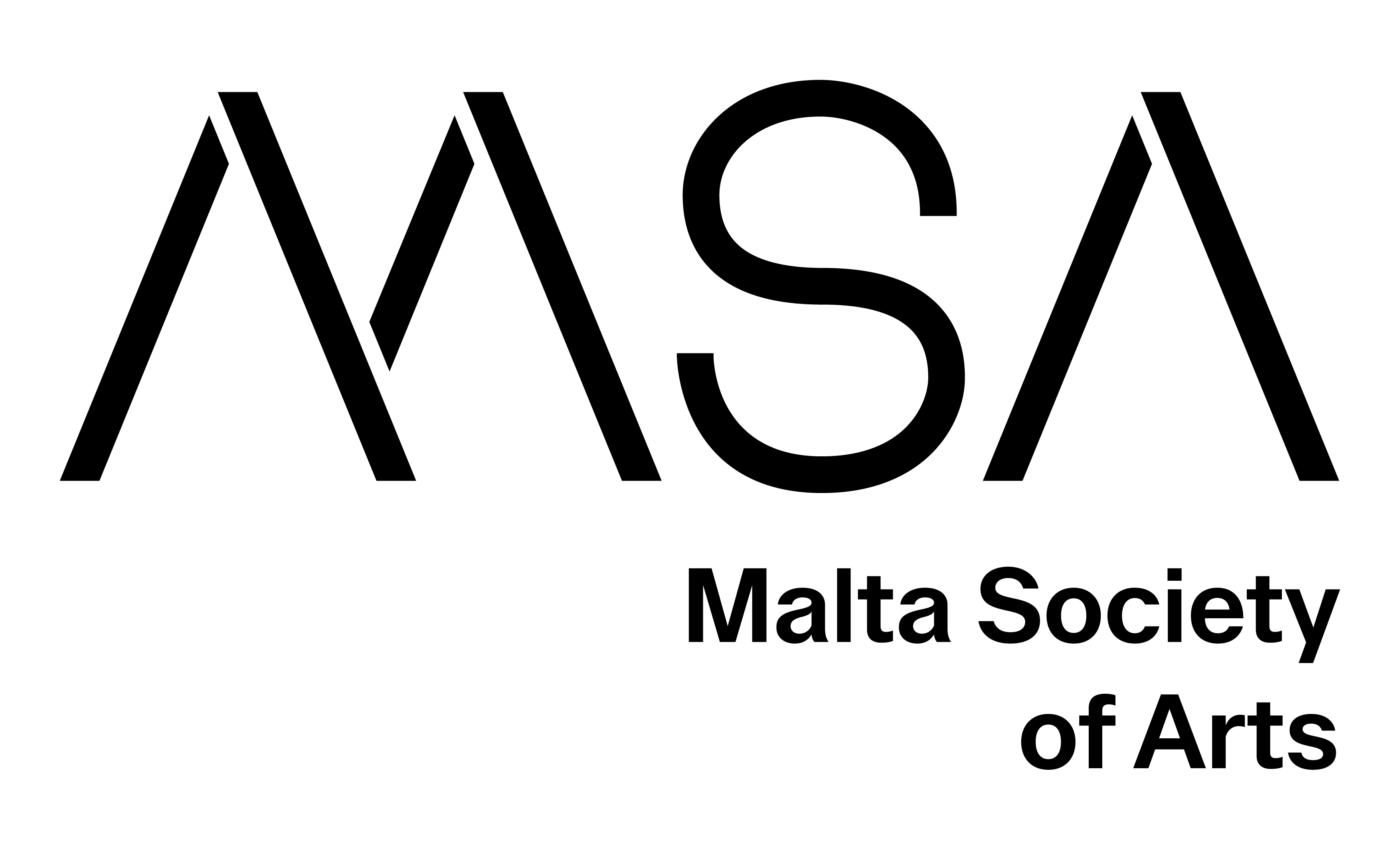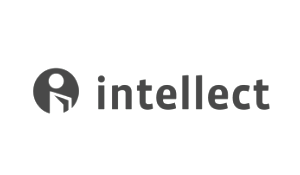TTTlabs BioFeral.BeachCamp (BFBC): New Repro-Rebirthing Retreat (NR-RR) - Gestalt Bioart/Bodyart on the Beach, that took place on 5-14 May 2023 on the island of Corfu and organized by the Ionian University, was completed with great success.
A detailed and important article related to the hybrid events of the TTTlabs BioFeral.BeachCamp (BFBC): entitled "Exploring science and intimacy through artificial reproduction in Greece", written by Elsa Ferreira, was recently published by the makery.info (editor: Ewen Chardronnet). The full article follows below.
Exploring science and intimacy through artificial reproduction in Greece
https://www.makery.info/en/2023/05/31/a-corfou-la-science-et-lintime-pour-explorer-la-reproduction-artificielle/
Published 31 May 2023 by Elsa Ferreira
For ten days from May 5-14, 2023, twelve artists came together for the inaugural TTTlabs BioFeral.BeachCamp in Corfu, Greece to explore assisted reproductive technologies (ART). Makery reports on this multifaceted collision of practices, approaches and sensibilities to dissect the intimate and political topic of artificial reproduction.
On the 5th of June, the article has been edited to add the following statement : The opinions and ideas expressed here are solely each artist’s own and do not express the views or opinions of any other artist or organizers that participated in this event.
The announcement of the event came with a trigger warning: “We are talking about psychology and surgery. Both topics can be touchy. (…) We do want to respect boundaries while allowing for free expression. This balance is not always easy but let’s try.” Consider us warned. Over the course of three camp sessions, TTTlabs (Taboo-Transgression-Transcendence) BioFeral.BeachCamps (BFBC) aim to examine the latest technologies in artificial reproduction through informal education and DIY methods. For this first edition, the organizers invited twelve media artists, bio artists and performing artists to the Greek island of Corfu to discuss ovum and sperm collection, cryogenic storage and speculative artificial womb apparatus design.
“The subtext of this camp is to find yourself reborn,” begins Adam Zaretsky, artist, artistic director and co-organizer of the camp with Dalila Honorato, scientific director. “Even if it’s a bit 1970s kitsch and sectarian, it’s also something that people really need that they’ve found here.” According to Zaretsky, the main tool of this renaissance is performance, “in order to experiment with dramaturgy and understand what it means to free your body from your habits.”
Simulating egg retrieval with alginate
While in vitro is now a proven technique, it’s still a potentially intrusive medical procedure. The first stage is egg retrieval, says Aisen Caro Chacin, a device artist who studied under Hiroo Iwata with a PhD in human informatics and one of two TTTfellows invited to investigate artificially, philosophically and technically in vitro fertilization. Based in Texas, she directs in a medical university a prototyping laboratory that develops devices to assist practitioners and patients.
“Egg retrieval requires an aspiration surgery, women are given a regimen of drugs to enlarge and mature many follicules and eggs artificially and simultaneously,” she says. “Normally women would have one follicule mature per cycle. Once all these follicules mature artificially, then an intra-vaginal ultrasonic probe with a needle of around 10cm is used to drain every follicule. They then pass the liquid to an embryologist to find the ovum inside of the liquid. Sometimes they succeed, sometimes they don’t.” She warns that the procedure can provoke side effets in the woman: “Because you poke and drain every mature follicule, you can have internal bleeding, which can be very painful – and women can also develop ovarian hyperstimulation syndrome.”
Sketch of egg retrieval procedure: check the video below
In order to facilitate this medical operation, as with others, Aisen Caro Chacin believes in the role of simulation. “There is a huge need for simulation in medical teaching hospitals. In Texas, what you can teach through simulation can count towards the hours of training. Before that, you had to train on a real person and do operations while you were learning. With this simulation policy, we have a bit more safety for patients.”
However, most of these simulators are expensive and manufactured by big companies. Aisen Caro Chacin and her prototyping team are developing one internally. She gives the example of cholecystectomy, or removal of the gallblader. The training model costs 200 dollars for a single use, but the prototyping team developed an alternative that is 80% cheaper and partly reusable.
In TTTlabs’ more DIY lab with a sea view on Corfu, she is working on a technique to simulate the egg retrieval procedure in collaboration with the bio artist Laura Rodriguez: “We are recreating the sonograph of the mature follicule with alginate, calcium and the molecular gastronomy technique of spherification. We drain the gel from inside and replace it with water, so it remains liquid all the time, and we put it inside a little piece of pistil – the egg of the flower.” She hopes to publish this simulation and give scientific life to her artistic creation.
Developing alternative narratives
In the natural settings of Corfu’s exceptionally rainy spring, science and arts become the foundation for a critical approach to reproductive techniques. Lyndsey Walsh, the second TTTLabs fellow, explores alternative reproductive narratives – “especially narratives that seek out more queer methodologies and studies,” they add. The artist, writer and researcher works with living materials, but also makes art around queer issues, health and reproductive justice, looking at queer death narratives and the relationships between different organisms, human, non-human and how they relate to technology.
Here in this summer camp focused on fertilization, they are questioning the human body outside of its reproductive functions: “I’m fascinated by the placenta as an interface. The placenta is an organ that temporarily facilitates interactions between two entities that are sometimes opposing, the fetus and the carrier of the fetus. I think that could be applicable to a lot of biomedical technologies.” Lyndsey has led research to artificially cultivate a placenta and use it to improve the person’s health: “It’s related to reproductive technology, but it’s not necessarily about reproducing.”
This approach is similarly used by Laura Rodriguez, an artist at the intersection of science, technology and design who is interested in “all the connections that exist between human and non-human – reproduction is part of it.” More recently, she has focused her attention on animal reproductive devices, and more specifically on that of her dog Volta, a chihuahua who had a phantom pregnancy after being sterilized (Laura explains that because of their small size, chihuahuas have high-risk pregnancies that require cesarean sections). She also likes to explore the non-reproductive functions of reproductive organs: “If you remove the reproductive function from the organ, there is still a lot happening. I’m interested to see what’s happening at a molecular level and what the repercussions are in society.”
What is life?
Over ten days, the artists discuss life, death and the permeability between them. They also question various forms of life. Lyndsey Walsh evokes cellular organisms: “We’ve been talking a lot about making eggs and sperms to make a baby. But these processes are also used to make stem cells. What does that mean for what we consider to be the generation of life? Because it is generating life, just a different kind.”
Mary Maggic, an artist and researcher who graduated from the MIT Media Lab, is best known for their Open Source Estrogen project, a DIY protocol to detect and extract hormones. They explore the topics of alienation, environment pollution, gender and body politics, identity and xenofeminism. They incorporate these issues into their relationship with bioplastics – a material and a workshop that are particularly well appreciated in Corfu.
“I’ve been looking at waste, trash and detritus of industry and capitalism, especially disaster capitalism,” they explain. Many of their workshops deal with “coming closer to the alien and creating a new intimacy with the alien and a new story. […] The alien is whatever we are trying to barricade ourselves from. Anything that is different, abnormal, that is not fitting into categories that we have made as humans. I think we don’t realize how much we are restricting ourselves in this bubble of fear and panic, because we are stuck with these definitions. The intimacy and the kinship with the alien is a way to come out of these categories and to liberate ourselves.”
Kalan Sherrard, performing artist and puppeteer, also invites us to question our preconceptions. In their radical, anarchist and provocative portfolio, The Morphology of XOS is a cross between a graphic novel and a fanzine, in which a trans-anarchist superhero, Jethr@ Rube, gives birth to a demonic planet. The artist also preserves a DIY sperm bank where the seeds of each donor are mixed into a single jar, and dreams of making puppets from “little teratomas, these little tumors whith teeth and hairs”. “Puppetry is sort of life – where life begins,” says Kalan. “I’m an animist, and I don’t believe in ‘people as people’. We pay for human rights with animal extinction. Human beings as the only people of this planet sounds stupid to me. That’s why I do puppets.”
In their workshop for the New Repro-Rebirthing Retreat, Kalan invites participants to represent the processes of alien fertilization imagined earlier. Using puppet heads, potatoes, banana peels, disjointed dolls or furry balls, artists bring to life scenes that don’t exist. “Can you imagine what you’ve never seen before?” asks the puppeteer. For Kalan, the gap lies in the error of interpretation – an idea borrowed from Walter Benjamin. Then they ask the audience members to retell these absurd scenes that they just witnessed, in search of a happy accident. Thinking out of the box and freeing the mind, again.
Techno-fraternity and biopolitics
Let’s not forget that fertilization, whether in vitro or not, is also (and above all?) an intimate affair. Stefanía Ólafsdóttir, a performance artist under the name Organic Matter for the Moon, came from Iceland to perfect the final piece for their master degree in performance art. In an autobiographical fiction, they incorporate their personal journey and family memories – Stefanía calls themself a “techno-baby” or “techno-child”, born via artificial reproduction technologies and a sperm donor. It’s an intimate starting point for them to discuss “biopolitics, feminist perspectives, post-human eco-sexual perspectives”.
They remind us that the first officially recorded insemination involving a sperm donor dates to the late 19th century: “The first time it was done, it was without the consent of the woman, and without her ever being told about it. The male doctor, the father and the medical students were all aware at the time that it was happening, and the woman got unknowingly inseminated. I’m very interested in this violence and miracle as a crossing point.”
The artist also evokes the colonial and nationalist implications of these semen exchanges. While Stefanía is Icelandic, their donor is Danish – and “Iceland has a history of being a colony or a dependency of Denmark”. Iceland has recently opened its own sperm and egg banks, and “is only shipping to Scandinavian countries. There is something about how we preserve ethnicity and national identities through this techno breeding,” they add. In a “queer utopia”, the artist proposes to do DNA tests to find one’s “techno-siblings”. They consider these new family ties (the doctor would become their “techno-mommy”) as existing in a liminal and paradoxal space that invites deep introspection. “Is there an inherent good to being alive?” asks the artist.
Ethics of progress
45 years after the birth of the world’s first test-tube baby and almost five years after the first genetically modified babies were born – illegally – in China, humanity seems to be at a turning point. According to Aisen Caro Chacin, we are in a period of “conscious evolution”, in which citizens must take part. “We are at a crossroads. I think we are going to see different groups evolving differently based on technology and having or not access to these technologies. Art can open a discussion and bring us to understand and create new possibilities for new embodiments of reality that don’t necessarily come from progress-oriented science.”
This techno-futurist vision of humanity is viscerally rejected by Daisy Fairclough, self-proclaimed “chaos clown” and “buffoon” who also offers “fertility massage therapy”. “I was excited to meet the work and to learn with an openness and acceptance, but in the last couple of days I started to remember myself and that fundamentally, I’m an anti-capitalist,” she says. “This is why I think science, technology and research will never be for the good of the people but for the good of the machine.” For Daisy, the problem is that humans, especially in the West, “think they have a right” – to influence nature, to dominate and restrain it. While some of the artists in Corfu claim to question the limits of science through art, Daisy is unconvinced.
“I don’t think we are asking the right questions,” she says. “If we are going to say these wild things [discussing artificial reproduction and the futurist, sometimes dystopian possibilities of reproductive technologies, such as editing the human genome], then where is it coming from? What are the consequences of this? How is it speaking to how human species exist now? Is it a benefit to the human mind? Why do we want to escape our bodies and the natural flux and cycles of our existences? Why do we want to subvert and play God all the time? What are the consequences of progress? To me, this is more important.”
Within this diversity of opinions, approaches and practices at TTTlabs New Repro-Rebirthing Retreat, the artists navigate and explore this delicate art of life and the living. “Touchy” topics, just as we were warned, but to which everyone brings their seed for a “fertilization of ideas”, according to the participants.
“One of the most interesting parts was to understand other people’s relationship to techno-fertilization or reproduction and their interest in this topic,” says Stefanía. “It’s rarely because it’s conceptually interesting, it’s very personal.”








